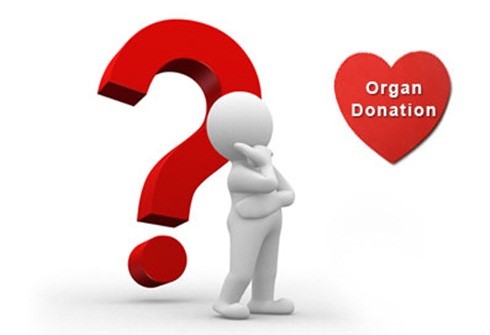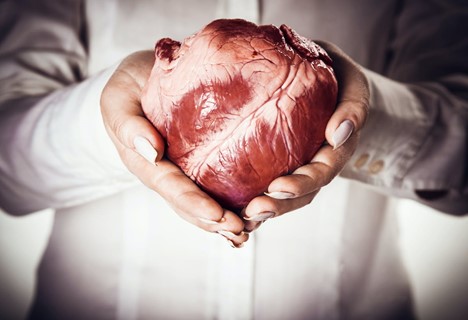Organ transplantation is a surgical procedure in which an organ is removed from one body (donor) and placed in another body (recipient) in need to replace a missing or damaged organ. Organ transplantation (OT) is one of the most successful advances in modern medicine. For patients with end-stage disease – transplantation remains the only way for the chances of survival. Experimentation with organ transplantation involved animals and humans around the 18th century. Scientists experienced various failures; fortunately, by the mid-20th century, scientists started performing successful organ transplants. Transplantation of the kidneys, livers, hearts, pancreas, intestine, lungs are now considered the routine medical treatment. Some important medical breakthroughs such as immunosuppressant drugs and tissue typing allow for more organ transplants and a longer survival rate for recipients. The demand for organ transplantation has increased so much that the need for organ transplants continued to exceed the supply of organs. As medical technology developed and the availability of donors increased, the people started living with more healthy and longer life span.
Types of Transplantation:
1. Autograft: Autografting is the transplantation of organs or tissues from one part of the body to another in the same concerned individual.
2. Allograft: An allograft is a transplant of an organ/tissue between two genetically non-identical individuals of the same species. Allografts can either be from a living/cadaveric donor.
3. Isograft: An Isograft is a grafting of tissue between two individuals who are genetically identical (i.e., monozygotic twins).
4. Xenograft: A transplant of organs/tissues from one species to another species.
5. Domino transplant: The term Domino transplant also refers to a sequence of living donor transplants in which one donor donates the highest recipient on the waiting list and the transplant center utilizes the donated organ to facilitate multiple transplants.
Types of Organ Transplants:
1. Heart Transplant
2. Lung
3. Liver
4. Pancreas
5. Cornea
6. Kidney
7. Trachea
8. Skin
Past and Present of Transplantation
The number of patients who have returned to a useful place in society after renal homotransplantation has risen steadily since 1962. Clinical transplantation of the liver, lung, heart, spleen, and pancreas has also currently been undertaken. It was evident from the beginning that the mortality was early, and the patient who survived with good homograft function after the first few postoperative months had an excellent chance of living for a significant unknown time period. The picture has remained encouraging in cases in which intrafamilial transplantation was the original procedure. The continuous developments and observations in a large series of transplantations have made it clear that survival for several years can be attained, particularly if related donors can be found.

Transplantation Procedure
Organ transplant is the last medical procedure in cases of severe organ failure and can be undertaken only in critical cases and emergency medical situations. In such conditions – a healthy organ/tissues for transplants from a person living or deceased is transplanted into the organ transplant recipient, letting them survive for more years.
Patients required for organ transplantation need to wait for several years before receiving a perfect donor organ. It becomes more viable for a living donor to be found if they are close or distant relatives, enabling patients to bypass the organ transplant waiting list and receive a transplant less likely to be rejected. Certain factors are taken into consideration during matching of the organs:
• Blood type
• Body size
• The severity of patient's medical situation
• Distance between the donor's and the patient's hospital
• The patient's waiting time
Organ transplantation requires psychological, mental, physical, and, most importantly, financial preparation. Once a patient is on the organ transplantation list, it is essential that they maintain patience and a positive attitude to enable themselves to look forward towards surviving without the disease.

Success and Challenges
Adult kidney transplantation comes with the greatest success among all the transplantation procedures; Literature says more than 270,000 initial transplantations have been performed since 1970. Receiving a cadaveric graft doubles a patient's chances of survival, and a living-donor graft quadruples them in comparison with those who remain on the waiting list. More than 50% of liver transplant recipients survive for 7 years, in comparison with approx. 25% of patients on the waiting list. The success of organ transplants in treating end-stage organ failure has led to an extraordinary demand for transplantable organs that remains in short supply. Success depends upon improved surgical techniques, immunosuppression, organ preservation, and follow-up.
There are many challenges doctors need to face in the field of Organ Transplantation and it provides a strong ground for research. The primary challenge in transplantation nowadays for all organ types is the disproportion between organ availability and organ demand. Strategies to overcome this problem have been discovered. Additional challenges involve perioperative patient care, frequency of survival after grafting, and optimization of immunosuppression protocols.
Conclusion
Organ transplantation has remarkably improved modern medicine. Its positive economic and social impact has enabled thousands of patients to improve their functional status and live longer lives. If transplantation remains an effective treatment option, long-term approaches and management methods must continue to improve. There is no longer doubt that more research and development in tissues/organs transplantation can provide success in the future.

